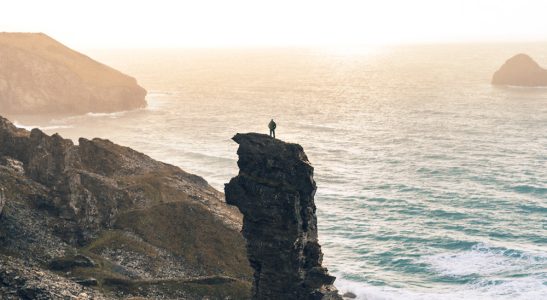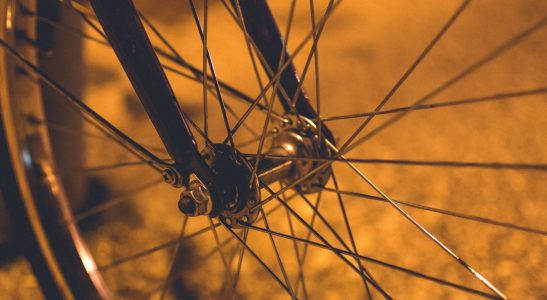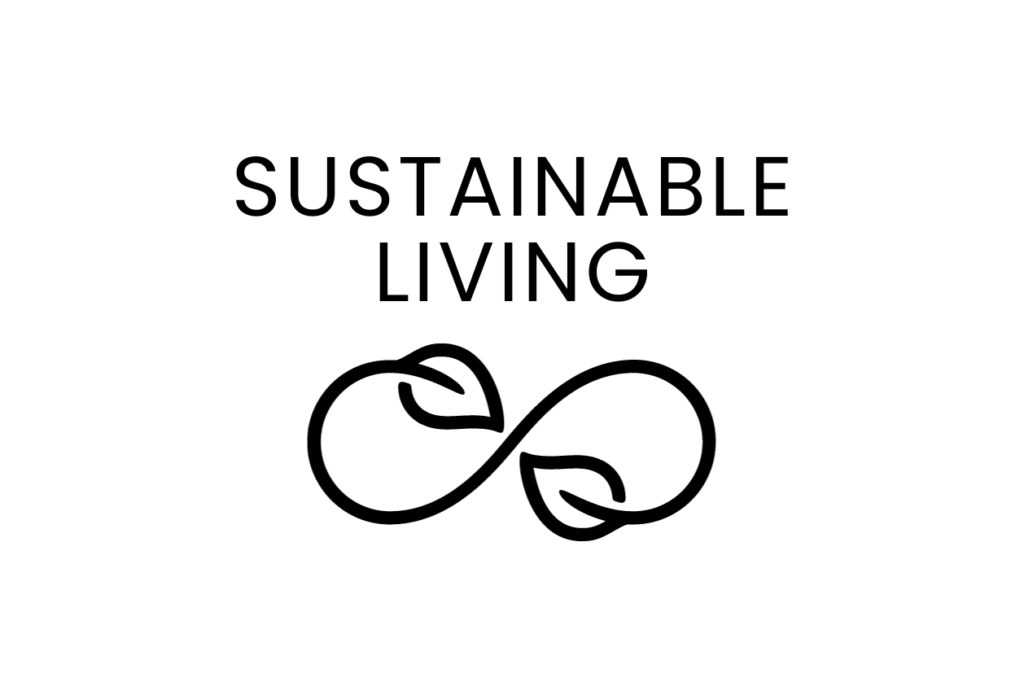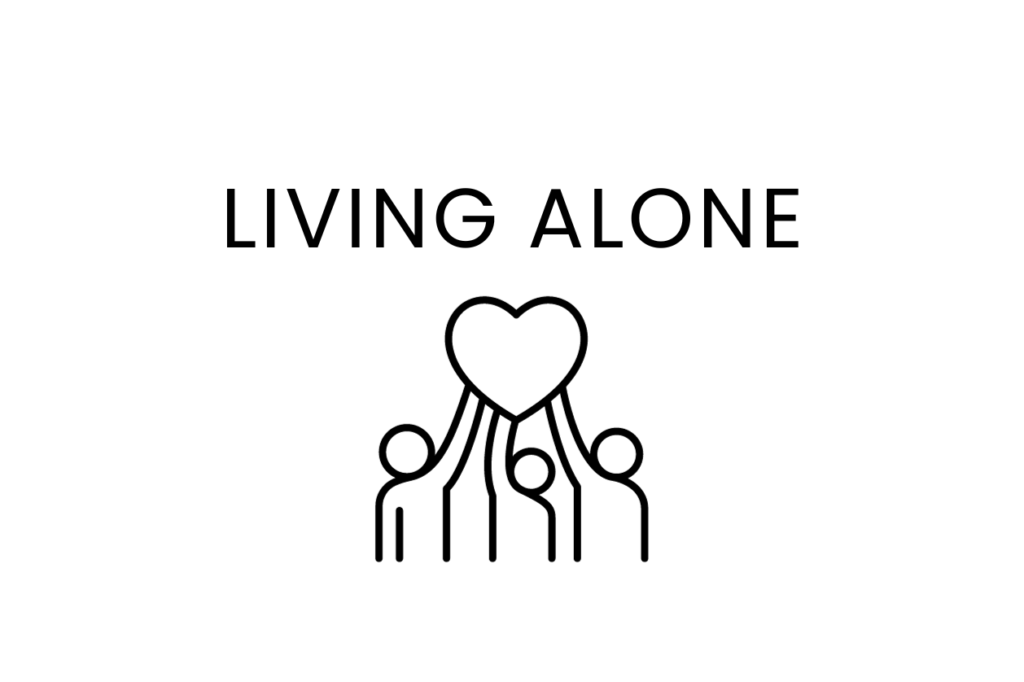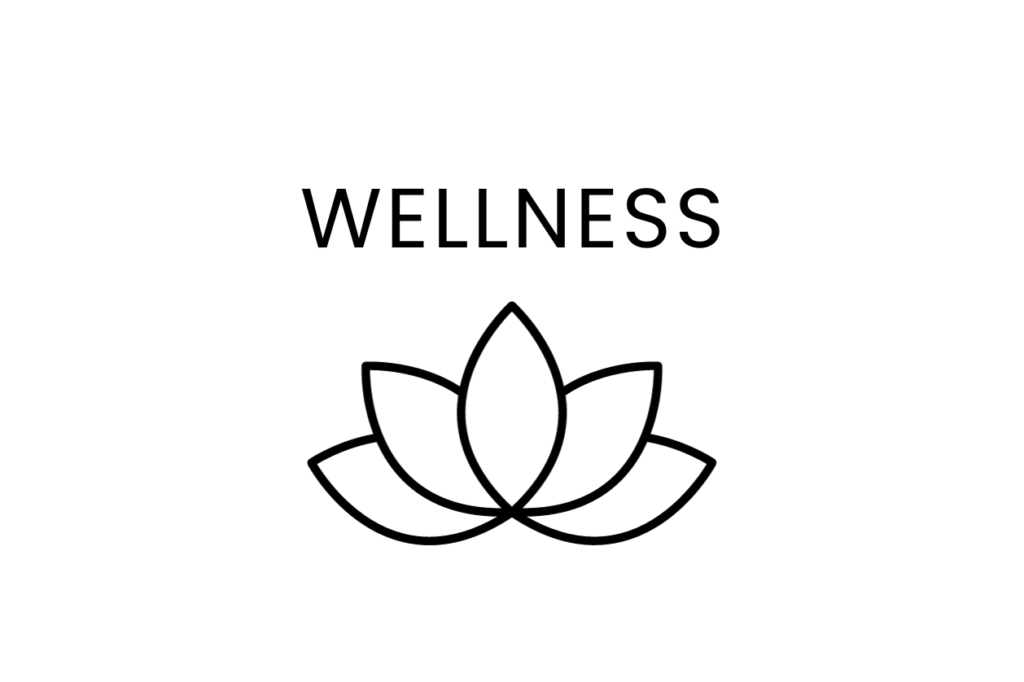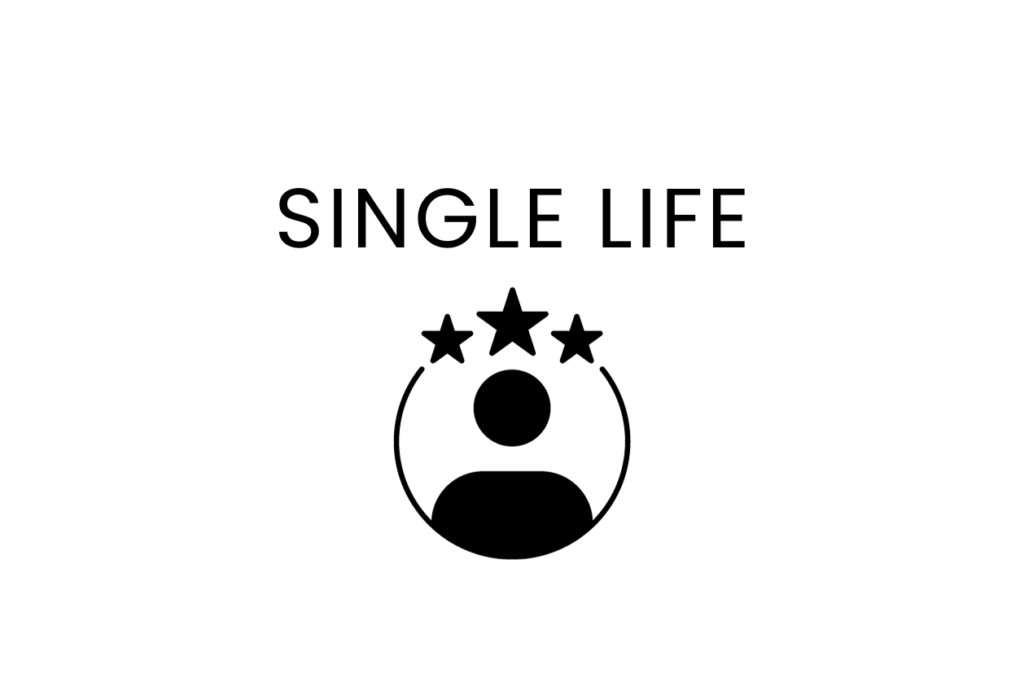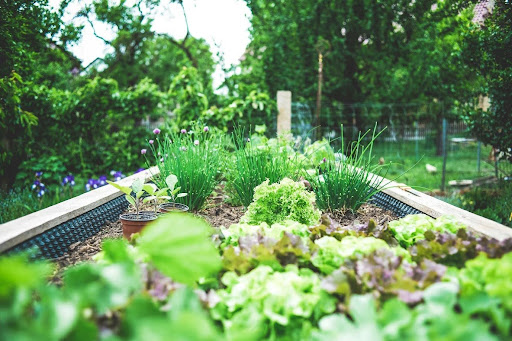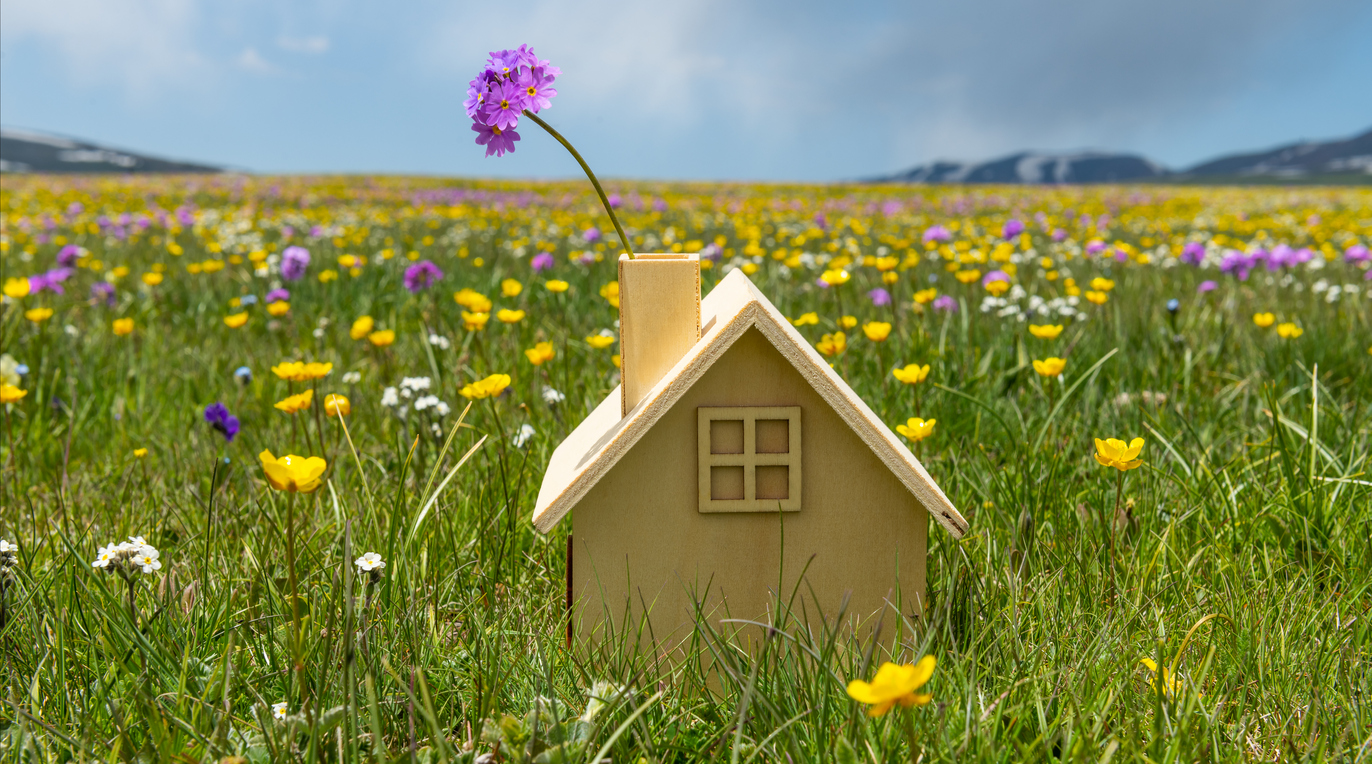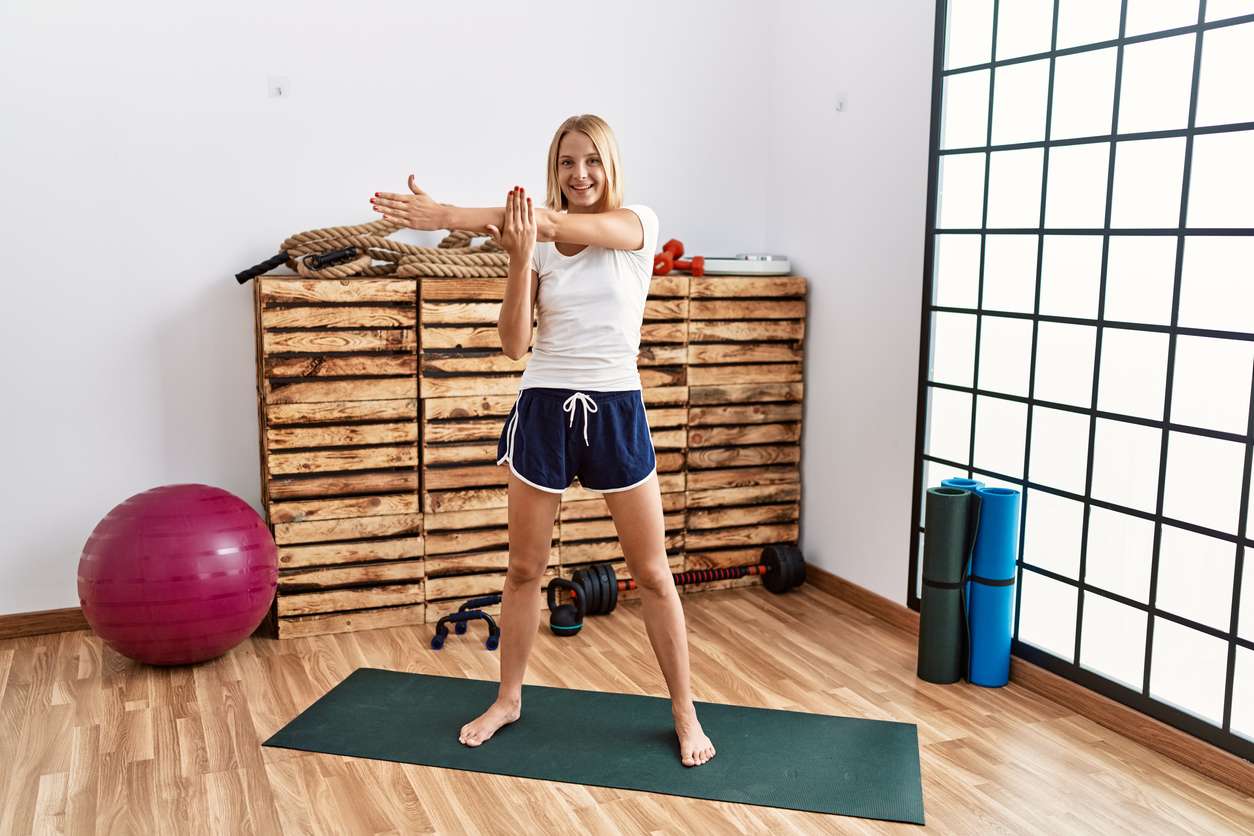There are many variations of nature therapy, including nature meditation, horticultural therapy, animal-assisted therapy, exercising in the outdoors and conservation activities. At its core, the practice of nature therapy is the idea of exposure to nature or the outdoors can be used to improve our mental and/or physical wellbeing. It is thought because of urbanised living, we need nature therapy more now than ever before.
We’re Resorting To Nature Therapy Because Of Urbanised Living
Wellness | 17th December 2019 by Ciara McArdle
Is it really any surprise being close to nature is good for our health and wellbeing? With over 50% per cent of the world’s population living in urbanised areas, we simply aren’t getting enough of the simple and natural benefits nature provides and surrounds us with. Research is backing up the wellbeing link to the point that because of urbanised living, many of us may benefit from nature therapy in our lives.
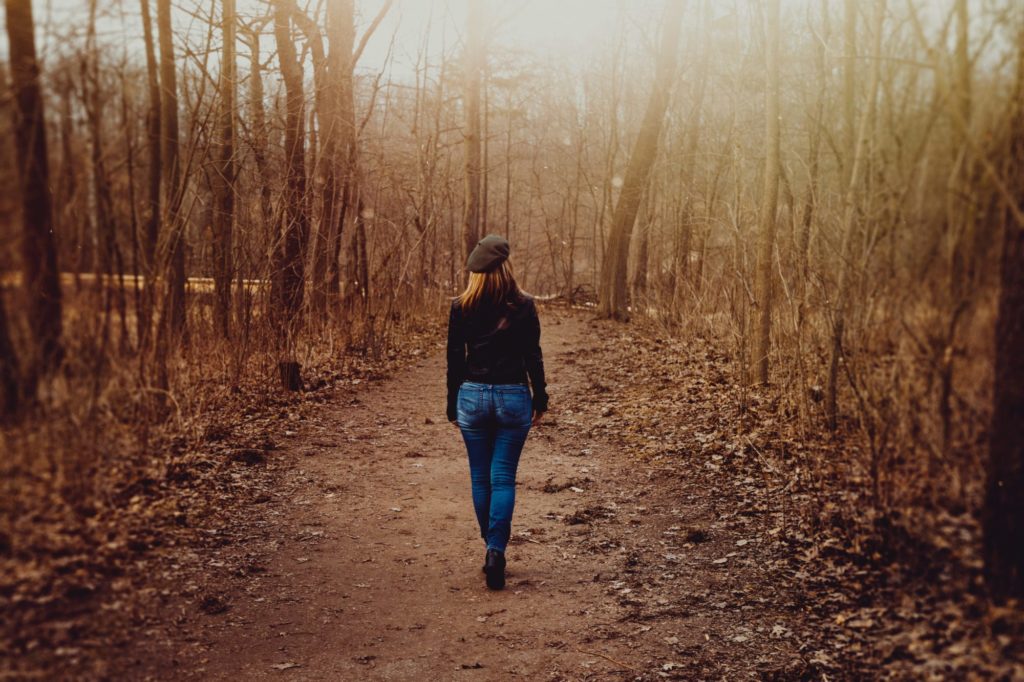
What is nature therapy?
There are many variations of nature therapy, including nature meditation, horticultural therapy, animal-assisted therapy, exercising in the outdoors and conservation activities. At its core, the practice of nature therapy is the idea of exposure to nature or the outdoors can be used to improve our mental and/or physical wellbeing. It is thought because of urbanised living, we need nature therapy more now than ever before.
Why do we need nature therapy in today’s urbanised world?
Humanity has become increasingly urbanised. Over 50% of the world’s population currently inhabit urban areas, and this is set to rise to more than 70% by 2050. Psychologists are increasingly citing this change from our ancestors’ way of life as having a major impact on our mental health. Studies show the increase in urban living correlates with an increase in mental illnesses such as depression and anxiety, whereas those who live in the countryside demonstrate lower stress levels and less severe response to stress.
Research conducted over twenty years found exposure to nature and green spaces has a significantly positive effect on mental health and wellbeing. Links have also been found between little time spent outdoors and increased cases of diabetes, obesity and even ADHD. So, it is clear that nature has an important part to play in our health. Consequently, scientists and medical professionals – mental health practitioners in particular – have been increasingly recommending nature therapy or ecotherapy.
How can nature therapy help our mental health?
There is a substantial amount of research elucidating the benefits of nature therapy to those with mental illness. Psychologists at Stanford University conducted a study in which two groups of healthy people took a five-kilometre walk in two very different areas of San Francisco. The first group walked in a busy, urban area, and the second took a more scenic route with views of the sea and mountains.
After their walk in a natural setting, the second group reported reduced anxiety and feelings of negativity. The same psychologists later conducted a similar study, measuring the effect of each walk on the brain through MRI scans. They found those who went on the nature walk had decreased activity in the region of the brain associated with obsessive thinking and worrying.
Another study undertaken by Terry Hartiq had participants do a task designed to fatigue the mind for forty minutes. Afterwards, the participants were randomly split into groups to spend 40 minutes either walking in an urban environment, walking in a natural environment, or sitting listening to music and reading magazines. Those who took the walk in the natural environment stated they felt less anger and more positivity compared to the people in the other two groups.
However, walks through nature are not the only method of nature therapy beneficial to our mental health. It has been proven that just looking at nature through windows or even pictures can improve people’s mood, mental health, and sense of positivity. Furthermore, children living in environments with green spaces nearby show improved cognitive and emotional development than those living in wholly urban, concrete environments.
.
Is nature therapy common medical practice?
Although there has clearly been a good deal of research into nature therapy, it is still a developing area of medicine. Many psychologists and counsellors are choosing to train in ecotherapy and ecopsychology to help their patients. In New Zealand, there is already a national scheme for doctors to use ‘green prescriptions’ to advise patients to get out in nature and get more physical exercise.
This is not the case in the UK, however, there have been localised green prescription efforts. Local health boards and GPs have been teaming up with National Parks – in Devon, Dartmoor National Park has been involved in a green prescription scheme to get patients out and active around the park as part of their healthcare. Similarly, local authorities in Liverpool have invested £1.5 million into efforts to get more of their citizens into the parks, in order to combat obesity and depression.
What sort of activities are prescribed as nature therapy?
In Scotland, NHS Shetland is prescribing outdoor activities such as walks on the beach and bird watching. These prescriptions are part of their treatment of afflictions such as heart disease and diabetes as well as stress and mental illness, accompanying standard treatments.
Launched in October 2018, this is the first instance of nature therapy being formally prescribed in the NHS. Some nature prescriptions are ‘elemental’ in that they use local weather. As Shetland is subject to strong winds during winter, some patients are being asked to remove their hats and hoods and stand silently for three minutes in order to practice ‘open-air mindfulness’.
Indeed, there are many different ways that nature therapy can be prescribed. Counsellor and ecotherapist Patricia Hasbach had a client with an interest in photography who came to her for help with the end of a relationship. Hasbach gave her a photography project: to take photographs of the sunset while reflecting on this relationship.
The client kept a journal in which she drew comparisons between the light of day ending and her relationship ending. This helped her to better process her feelings around the break-up. So effective was this form of nature therapy that the client also elected to bring a series of pictures of the sunrise to her sessions with Hasbach. It resonated with her that in the same way the sun rises, so too did the end of this relationship mark a new beginning for her.
Nature-based projects with clients are now a key part of Hasbach’s work. She has found that having her clients get outdoors and away from distractions and technology helps with their therapy. Something as simple as taking a walk outside or sitting out in the back garden while reflecting can lead to important breakthroughs with her clients.
How can we enjoy the benefits of nature therapy in our everyday lives?

You don’t need to see a counsellor or go to the doctor to incorporate the benefits of nature therapy into your life. Why not start by having a walk or a run in the park every morning – studies suggest that a small amount of contact with nature continues to have a positive impact on you for several hours afterwards.
Or if you can’t afford time for a nature walk each morning, why not brighten up your work and living spaces with plants and flowers. Having greenery around does more than making your house look nice – it can be a form of ecotherapy.
A study conducted in 2008 found having plants in hospital rooms decreased patients’ anxiety and made them more positive about their recovery. If all else fails – you can simply look at some nature photographs online! As mentioned, research shows looking at pictures of beautiful scenery has a positive impact on how we react to stress.
WE’RE RESORTING TO NATURE THERAPY BECAUSE OF URBANISED LIVING
Share this post:
Hear from Solo Living now and then by signing up to our mailing list




